Metal and Gold Detectors Sensitivity
Metal and Gold Detectors Sensitivity
Sensitivity is a measure of a metal detector’s ability to detect a specific type and size of metal contaminants. The better the sensitivity of the metal detector, the smaller the irregularly shaped pieces of metal it canetect. Performance is usually expressed in terms of the diameter of a test ball made of a specific type of metal, such as ferrous or non-ferrous metals, aluminum or stainless steel. The more sensitive a metal detector is, the smaller pieces of metal it can detect. It’s an obvious example, but one that is complicated by a number of factors.
We regularly refer to the diameter of the sphere size when discussing detection sensitivity. For example, a highly sensitive detector can detect a 0.6 mm iron ball. The effect of ball size is small but in reality, metal pollutants can be much larger. Therefore, small changes in ball size detection can produce large changes in the volume of metallic contaminants that can be found.
How is the sensitivity of a metal detector measured?
When measuring the sensitivity of a metal detector, the test piece must be reliably detectable when passed through the center of the metal detector aperture. However, there is a significant difference between the spherical sensitivity of the test piece and the actual length of the irregularly shaped or wire-type contaminants that can be detected. A number of factors can affect the sensitivity of a metal detector. There are a number of factors that affect the detection sensitivity of metal detectors and the ability to find different types of metal. It is important to understand these factors to get the most out of your metal detection software.
Metal Type:
An HACCP audit may identify hazards of different types of metals, including iron, non-ferrous steel, and stainless steel. However, the sensitivity of a metal detector can vary depending on the type of metal contaminants present. Iron is usually the easiest to detect, and stainless steel is the hardest to detect. However, as with many “rules” there are exceptions to this.
Steering Effect:
The ability of a metal detector to identify non-spherical contaminants such as wires or trenches, is determined in part by the type of metallic contaminant (ferrous, non-ferrous, or stainless steel), as well as the orientation of the metal object. The steering effect is observed only when the cross-sectional area of the contaminant (i.e. wire diameter) is less than the spherical sensitivity of the metal detector.
Environmental Conditions:
Factory conditions can also affect the performance of a metal detector. It is important to use a metal detector that has a built-in noise and vibration immunity to reduce the risks of airborne electrical interference and local factory vibrations affecting the metal detector.
Product Features:
Some products are electrically conductive and therefore behave in the same way as metal when passing through a detector. For example, products with a high content of moisture or salt such as meat and poultry, exhibit this phenomenon, often referred to as the “product effect”.
The latest innovative metal detection solution, which combines multiple simultaneous frequency and product signal suppression technology is able to overcome this problem by reducing the active product signal.
What affects the sensitivity of a metal detector?
External electromagnetic interference: When the detector has external electromagnetic interference, it will disrupt the detector circuit. The main aspects affected are discrimination and ground balance. There is electromagnetic induction and radiation emitted by things such as power lines, thermostats, radio or television stations, or electric motors. If the storm is rolling in, the natural electricity produced can interfere with the signal as well.
If you experience this, you will hear scrambled sounds or many false signals. When this is the case, try lowering your frequency. It may limit the range of your detectors, but it won’t make any unwanted noise.
Target Identification in Metal Detectors
Phase Shift and Target Identification (TID) are terms you come across early in your exploration of metal detecting technology.
The basics of electricity tell us that running a current through a wire creates an electromagnetic field around that wire. If you move another wire through that field it induces current into that second wire. That effect is called electromagnetic force, or “emf.” Now it doesn’t matter if the wire moves through a stationary field or an alternating field moves through a stationary wire. The generation of emf works the same in both cases.
A detector runs a radio frequency current, anywhere from about 5-khz to 20-khz through its coil. This creates a moving field that expands and collapses many times each second. This is a moving field. A coin in the ground is like a tiny 1/2-inch piece of wire. The moving field from the coil induces a very small emf in the coin, called an eddy current.
Now, here’s the trick. The physics of that current in the coin are such that it pushes back, in the opposite direction, against the current in the detector coil. This push-back, or echo, slows the current in the coil, but has no effect on the voltage. The result is that current in the detector coil becomes out of step with the voltage. This is called phase shift in electrical jargon. It means the current waveform lags behind the voltage waveform.
A highly conductive target, such as a silver dollar will create a large phase shift in the detector coil. A zinc penny will cause a smaller shift, and a rusty nail even less.
The push-back from the target also explains why you get mixed signals from asymmetrical targets. A long nail scanned in one direction will produce a different phase shift than if scanned at 90-degrees from the original coil swing.
These changes in the current/voltage phase shift are exceedingly small, so it takes a highly refined signal processing circuit to detect the differences.
For less expensive detectors, the phase shift scale is broken up into segments or categories, generally called notches. These notches can be turned on or off to either select or eliminate phase shift categories. If you want to look just for coins, you can turn off , or gray out, the notches for iron, foil, and pull-tabs.
In a more expensive detector, the phase shift scale is more exquisitely defined, into many more specific readings called Visual Identification (VID) numbers. The engineering for this finer performance is what makes the detector more costly. The payoff, however, is that you have much more specific Target Identification in Metal Detectors. This allows you to distinguish between a zinc penny and a copper penny, or between a silver dime and a clad dime.
The VID scale numbers from any one manufacturer are generally different from other machines. Whichever detector you use, you soon become familiar with the numbers corresponding to specific coins or common junk items, such as pull-tabs. This speeds up your choices on which targets to dig.
Infinity Max Pro metal detector is consider one of the most powerful metal detector in terms of metal detection technologies and detection tools available in the device, the tools and technology in the device cover a variety of detection applications that include the finding of deep treasures, gold prospecting, underground cavities, and tunnels detection and many practical applications.
The device includes 3 different-sized search coils that work with improved pulse induction technology with a search system that matches each coil. The coils provide outstanding performance in various detection applications in search of targets of different size and depth of gold, jewelry and ancient coins.
Infinity Max Pro, offers a practical and multi-purpose multi-systems metal detector and 3D ground scanner with 12 search systems that provide integrated and multiple solutions for different categories of professional treasure hunters, archaeological treasure seekers, and even mineral exploration companies.
Infinity Max Pro integrates all-metal detection technologies in one device through a complete set of different probes and sensors and coils that include completely new search technologies with a modern, advanced multilingual software program that provides.


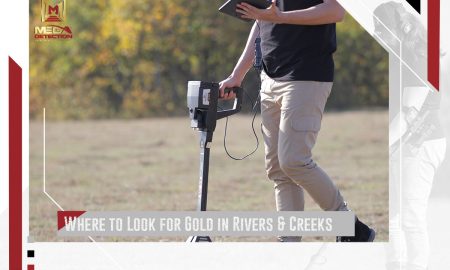
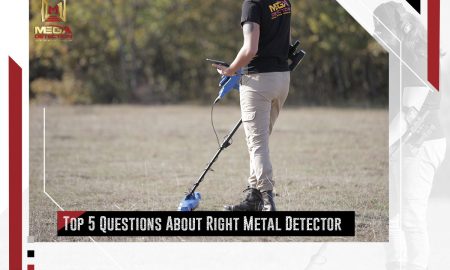
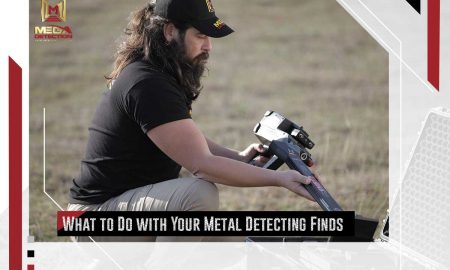
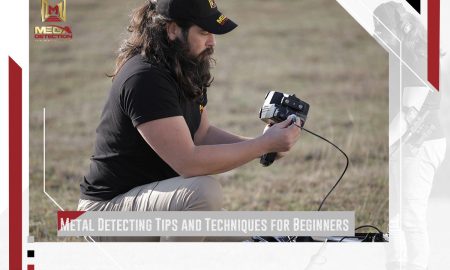
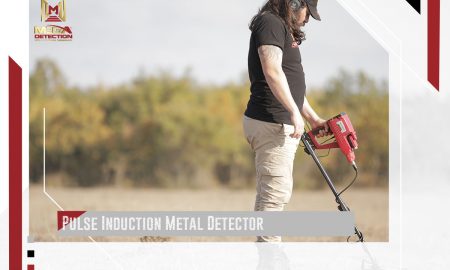
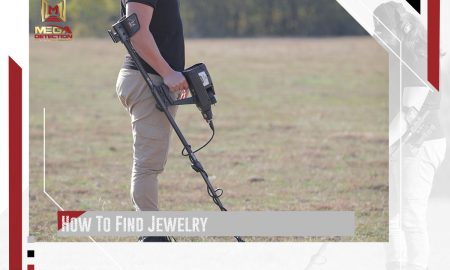

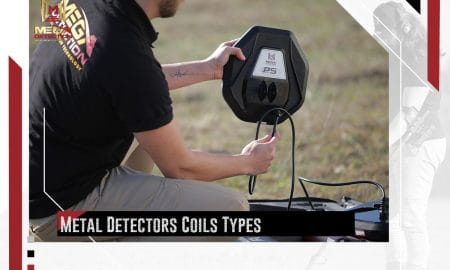


Leave a Reply